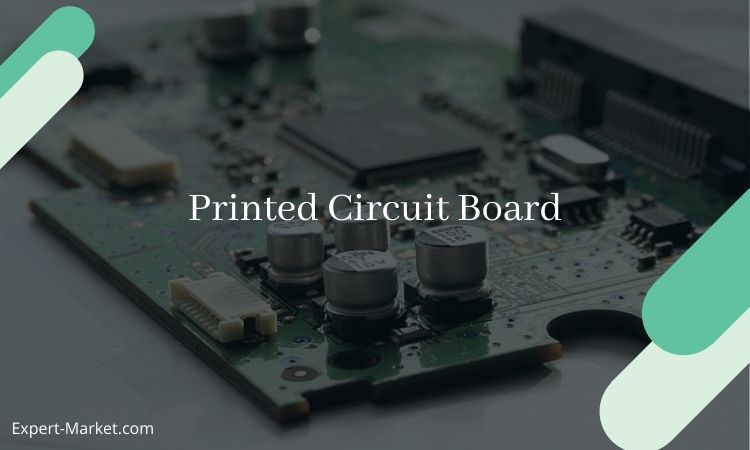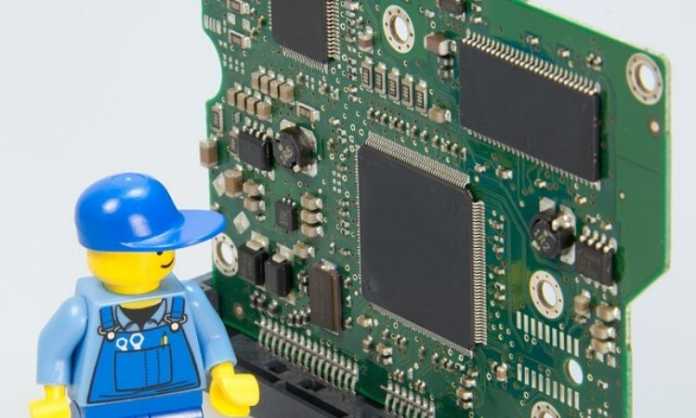A plethora of seemingly complex electronics fuels our day-to-day lives, whether it be at home or while working. Most people give little thought to how these electronics and devices function, but those responsible for their design focus intently on creating functional, efficient and affordable solutions.
PCBs are one crucial example of technology found in practically every form of electronics on the market. Short for printed circuit board, this component will never be out of demand: those who specialize in their creation will undoubtedly enjoy job security for many years to come.
Creating PCB designs is easier than you might think, and PCB designers use a variety of tools to help improve and speed up the process. Today, let’s examine some of these essential tools that PCB designers rely on consistently.

CAD Software
Without a doubt, PCB designers absolutely rely on software for layout design to produce professionally printed circuit boards. With many free and premium PCB schematic editors and CAD solutions available to expedite the process, finding the right one for your needs may depend on the level of complexity and the exact electronics for which the PCB is being used.
Some software for layout design provides advanced features such as auto-router tools and embedded software development, while others offer just enough functionality for amateur designers to learn the ropes without feeling overwhelmed.
Schematic editors and CAD solutions created for PCB design are arguably the most important set of tools for the design process.
Prototype Equipment
Ensuring that your PCB design is both viable and functional often requires real-world testing. While schematic editors and CAD software can provide reassurance of functionality, many professional designers verify their PCB creations in real life through the use of prototype equipment before disseminating the design.
The basics of this equipment include simple printed circuit boards, various electrical components such as resistors and capacitors, soldering equipment and wiring. Likewise, designers may choose to utilize a variant of PCB known as breadboards for simpler projects, which includes circuitry built into its design and allows for quick and easy testing of your prototypes and projects.
Testing Equipment
Once you’ve taken advantage of software for layout design and constructed a physical prototype, you can now utilize the final set of tools to verify its functionality. Before you power up any PCB design prototype, it’s vital to inspect the design for potential short-circuits, polarity issues and load capacitor troubles. Some of these issues can cause irrevocable damage to the prototype if you power it up before verifying the work.
Tools such as multimeters, cable and chip testers, and even oscilloscopes are useful components that can identify potential mistakes or conflicts in the physical design. Combined with a careful visual inspection, tools such as these may highlight or discover potential weak points in PCB design; there may be situations where even if the practical design is functional, it may be vulnerable to a variety of broader design flaws once installed in electronic equipment.
For PCB designers who wish to create functional schematics, the use of PCB design and CAD software is the most invaluable tool needed. Many who wish to truly verify the functionality and durability of their designs will also take advantage of prototype equipment and testing tools to physically assemble and verify the functionality of their PCB creations.
Regardless, PCB designers have many useful components, software solutions and other tools to ensure their designs are without flaws, regardless of the application.



























